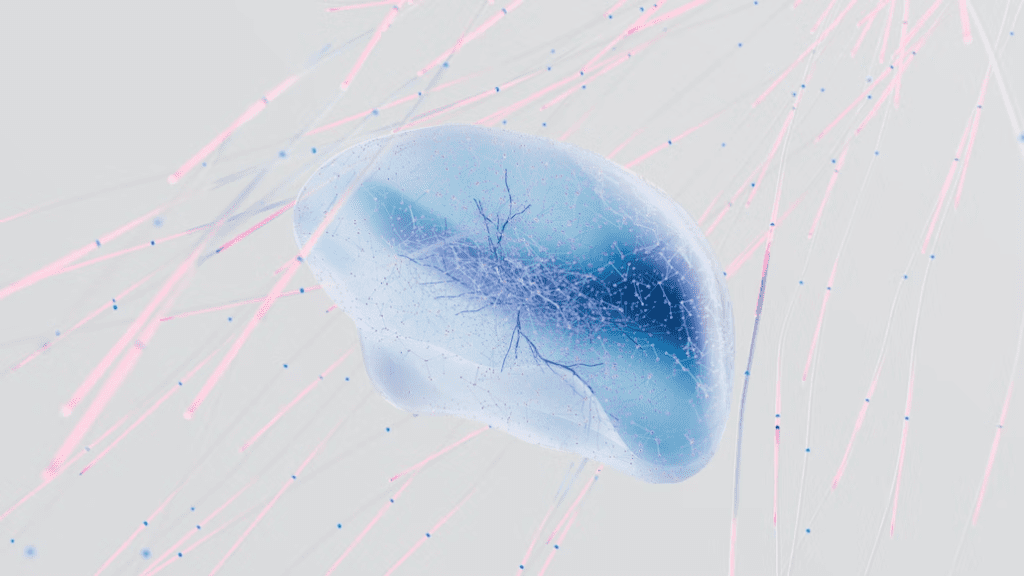The pursuit of enhanced employee motivation has emerged as a critical focus point for organizations seeking sustainable success in today’s rapidly evolving workplaces. As technological advancements continue to reshape the landscape of human resources, a captivating synergy between neuroscience and HR technology is being unveiled.
By understanding the science behind motivation, businesses can develop HR tech solutions that help employees feel more engaged and productive.
In this article, we will explore the science behind employee motivation and discuss how HR tech can be used to improve employee engagement. We will also provide some tips for businesses looking to implement neuroscience-based HR tech solutions.
The Science of Employee Motivation
Neurotransmitters and Their Impact on Motivation
Neurochemical messengers assume a central role in molding employee drive in professional settings. Dopamine, frequently referred to as the “feel good” neurotransmitter, energizes behavior propelled by positive outcomes. For instance, when employees receive positive feedback for accomplishing a project, their brain releases dopamine, reinforcing their motivation to replicate such successes.
Serotonin, another vital neurotransmitter, influences mood and social recognition. Imagine an employee receiving public acknowledgment for their contributions during a team meeting. This triggers serotonin release, fostering a sense of belonging and motivation to continue performing well.
Neural Pathways Involved in Motivation
Two key neural pathways shed light on motivation dynamics. The mesolimbic pathway, integral to pleasure and motivation, activates during rewarding experiences. This pathway ignites when employees attain goals or experience success, reinforcing their drive. Notably, 67% of highly engaged employees report feeling motivated by their work’s sense of purpose and accomplishment (Gallup).
Conversely, the prefrontal cortex aids in goal-setting and sustained motivation. When an employee sets a clear target, this region orchestrates planning and decision-making, fostering long-term basis.
The Rise of HR Technology
The evolution of HR technology has witnessed a transformative shift in how organizations manage their workforce. This evolution has streamlined administrative tasks from traditional paper-based processes to seamlessly integrated digital platforms, allowing HR professionals to focus on strategic initiatives.
This transition empowers HR teams to allocate more time toward initiatives impacting employee engagement and motivation.
Role of HR Tech in Employee Engagement and Motivation
HR technology has emerged as a potent catalyst for employee engagement and motivation, bridging gaps in communication and fostering a culture of open dialogue. Platforms like employee engagement surveys conducted through technology channels provide real-time insights, enabling organizations to make data-driven decisions that build the work-from-anywhere culture.
HR tech nurtures a sense of belonging and purpose by facilitating continuous feedback loops and personalized interactions, elevating motivation levels.
Types of HR Tech Applications for Motivation Enhancement
1. Performance Tracking and Feedback Platforms
Advanced HR tech offers real-time performance tracking, empowering employees to monitor their progress and receive constructive feedback. For instance, through interactive dashboards, employees can visualize their achievements and growth trajectories, spurring intrinsic motivation.
2. Gamification and Incentive Systems
Gamified platforms infuse an element of fun into mundane tasks, boosting engagement. Employees who earn points or badges for accomplishing milestones experience a surge in motivation. A study by TalentLMS revealed that 89% of employees confirmed that gamification increased their productivity.
When properly harnessed, the strategic integration of gamification can effectively drive better business outcomes, redefining how organizations approach task engagement and goal attainment.
3. Personalized Learning and Skill Development Tools
Tailored learning paths, enabled by HR tech, empower employees to acquire new skills and grow professionally. As employees witness their own progress, their motivation to excel intensifies.
Bridging the Gap: How Neuroscience Informs HR Tech
Understanding the Brain’s Response to Rewards
1. Applying Neuroscience Insights to Incentive-based HR Tech
Neuroscience unveils how our brains react to rewards, revealing a treasure trove of insights for HR tech. For instance, incorporating instant recognition features into a digital platform triggers dopamine release, reinforcing positive behaviors.
2. Designing Effective Reward Systems Using Behavioral Economics
By integrating principles from behavioral economics, HR tech can optimize reward systems. Variable reward schedules, like surprise bonuses, capitalize on the brain’s craving for unpredictability. These systems can boost engagement; Starbucks saw a $2.65 billion increase in revenue after introducing a rewards program.
Leveraging Social Recognition for Motivation
1. Incorporating Neuroscience Principles into Employee Recognition Platforms
Neuroscience underscores the impact of social recognition. HR tech can leverage this by creating peer-to-peer recognition platforms. Inspired by neuroscience, Cisco’s “Connected Recognition” program witnessed increased employee engagement, showcasing the power of communal appreciation.
2. Fostering a Sense of Belonging and Its Neurological Impact
Neuroscience highlights the brain’s social wiring. HR tech can bolster belonging through virtual team-building experiences. For example, Airbnb’s virtual “Online Experiences” can help strengthen employee connections.
Cognitive Strategies for Sustained Motivation
1. Utilizing Neuroscientific Findings to Enhance Goal-setting and Planning Tools
HR tech informed by neuroscience can enhance goal-setting platforms. The “SMART” goal framework aligns with neural pathways for sustained motivation. For example, Google’s “OKRs” (Objectives and Key Results) framework, grounded in neuroscience, can boost productivity.
2. Neurofeedback and Its Potential in Improving Self-motivation
HR tech incorporating neurofeedback techniques can enhance self-motivation. Platforms tracking brainwave patterns, like Muse, provide real-time feedback during meditation, increasing users’ motivation to practice regularly.
Conclusion
As we peer into the intricate workings of the human brain, we find that the marriage of science and technology holds the key to unlocking the untapped potential within organizations. From the captivating dance of neurotransmitters to the intricate pathways that guide our motivation, we have unveiled the blueprint for crafting workplaces that inspire, uplift, and drive excellence.
By embracing the art of incentive design through the lens of neuroscience, harnessing the profound impact of social recognition, and integrating cognitive strategies for enduring motivation, organizations stand poised to reshape the future of work.
